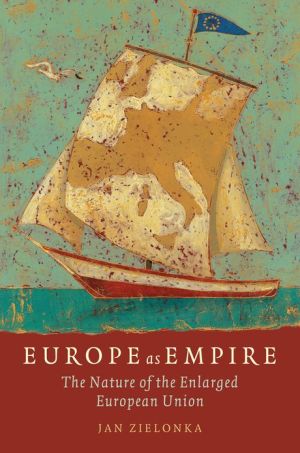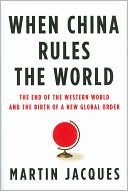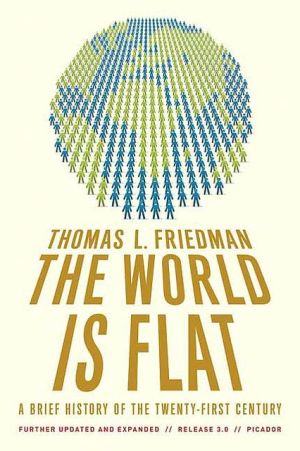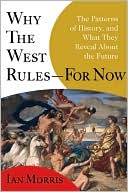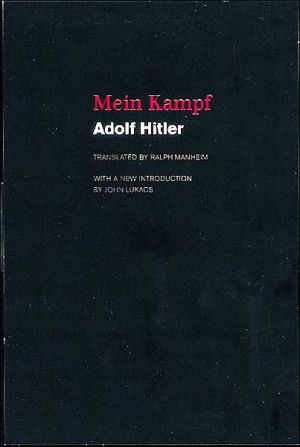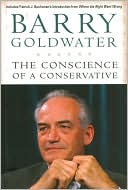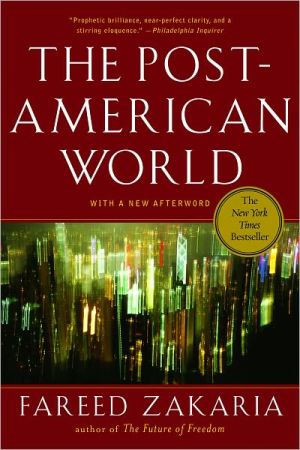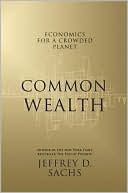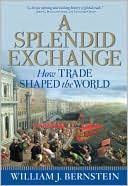Europe as Empire: The Nature of the Enlarged European Union
This book offers a strikingly new perspective on EU enlargement. Basing his findings on substantial empirical evidence, Zielonka presents a carefully argued account of the kind of political entity the European Union is becoming, with particular reference to recent enlargement.
Search in google:
This book seeks to comprehend the evolving nature of the European Union following the fall of the Berlin Wall and the failure of the European Constitution. Its prime focus is the last wave of enlargement that has profoundly transformed the EU. Although there are many parallels between the European integration process and state building processes, the Union is nothing like a Westphalian super state. The new emerging polity resembles a kind of neo-medieval empire with a polycentric system of government, multiple and overlapping jurisdictions, striking cultural and economic heterogeneity, fuzzy borders, and divided sovereignty. The book tries to spell out the origin, the shape, and the implications of this empire. The aim of this book is to suggest a novel way of thinking about the European Union and the process of European integration. The book shows 'two Europes' coming together following the end of the cold war. It proposes a system of economic and democratic governance that meets the ever greater challenges of modernization, interdependence, and globalization. It identifies the most plausible scenario of promoting peaceful change in Europe and beyond. The author argues that mainstream thinking about European integration is based on mistaken statist assumptions and suggests more effective and legitimate ways of governing Europe than through adoption of a European Constitution, creation of a European army, or introduction of a European social model. The book covers many fields from politics, and economics to foreign affairs and security. It analyzes developments in both Eastern and Western Europe. It also gives ample room to both theoretical and empirical considerations.
List of Figures and Tables xiIntroduction: the neo-medieval paradigm 1Genesis of the book 2Unidentified political object 4Should Europe become a state? 7The neo-medieval alternative 9Two types of empire 11Uses and abuses of models 14Structure of the book 20Return to Europe 23Assessing Eastern European progress 25Market reforms and social peace 29Constitutional liberalism or praetorianism? 33Flash points that never flashed 34Comparison with other post-Communist states 36Conclusions 42European power politics 44The purpose of accession 49Imperial design and the process of accession 54Benign empire in action 57Agents behind the accession 59Conclusions 63Diversity and adaptation 65Diversity and European integration 67Diversity and European institutions 71Economic 'fault lines' in the enlarged EU 74Diversity in democracy and political culture 78The American bias 83Conclusions 88Economic governance 91The challenge of internal cohesion 94The global competition challenge 100The cross-border interdependence challenge 105Conclusions 115Democratic governance 117Governance structure 120Majoritarianism versus constitutionalism 125Public space and democratic culture 333Conclusions 137Governance beyond borders 140The EU as an international actor 143The emerging international system in Europe 150Competing universalistic claims: EU versus United States 156Conclusions 162Conclusions: implications of neo-medievalism 164What makes Europe neo-medieval 166Integration through enlargement 171Governing the neo-medieval Europe 176Legitimacy in the neo-medieval Europe 182Participation, representation, and contestation 186The case for optimism 189Notes 192Bibliography 272Index 285
